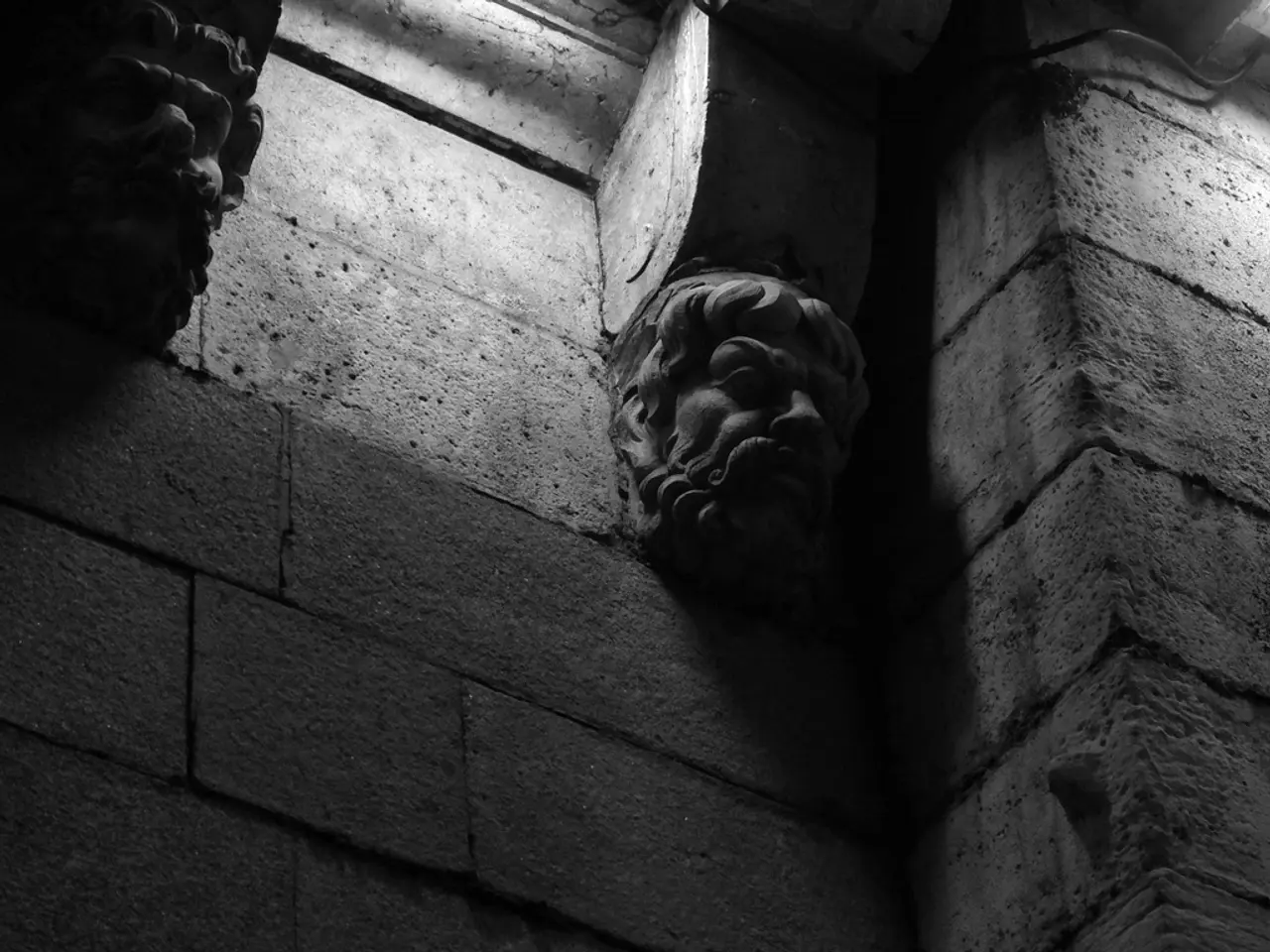Essential Plastering Methods and Varieties of Plaster for Completing Your Home Makeover Project
Plastering is an essential part of home renovation and construction, providing a smooth and durable surface for walls. Here's an overview of various types of plaster, their advantages, disadvantages, and typical costs per square metre, including gypsum, cement, lime, clay, Venetian, Tadelakt, Marmorino, and Stucco.
Gypsum Plaster
- Advantages: Quick setting and drying, reduces construction time; smooth, fine finish; lightweight, reduces cracks; good thermal and acoustic insulation; easy application, ideal for interiors.
- Disadvantages: Less durable outdoors (not water-resistant); susceptible to moisture damage in humid areas.
- Typical Cost: Approximately $10 - $20 (depends on region and quality).
Gypsum plaster is best for interiors with smooth, fast finishes and is less suited for wet or exterior walls.
Cement Plaster
- Advantages: Strong, durable, and water-resistant (good for exteriors); suitable for high-moisture areas (bathrooms, kitchens); good impact resistance; cost-effective materials and labour; quick setting with additives.
- Disadvantages: Rigid and prone to cracking if building settles; harder to get very smooth finishes; requires curing and damp-proofing; less breathable than lime plaster.
- Typical Cost: Approximately $8 - $15 (commonly cheaper than lime plaster).
Cement plaster is preferred for exterior and moisture-prone environments due to its toughness.
Lime Plaster
- Advantages: Breathable and flexible; less prone to cracking; good for historic/old buildings; natural and environmentally friendly; self-healing properties for small cracks; attractive matte finish.
- Disadvantages: Longer setting and curing time, extending project duration; requires skilled masons; higher upfront cost (materials and labor); sensitive to freeze-thaw if not properly applied.
- Typical Cost: Approximately $12 - $25 (higher due to skill and materials).
Lime plaster offers breathability and flexibility but requires more time and skilled application.
Clay Plaster
- Advantages: Natural and eco-friendly; good moisture regulation; flexible and easy to apply; can add plant fibers for strength; aesthetic, earthy finish.
- Disadvantages: Lower abrasion resistance; not suitable for high-moisture areas; requires maintenance; less common commercially, so cost varies.
- Typical Cost: Approximately $10 - $20 (varies widely, often DIY-friendly).
Clay plaster is currently trendy for both old and new properties.
Venetian Plaster
- Advantages: Highly decorative, polished marble-like finish; durable and waterproof once sealed; luxurious aesthetic suited for interiors.
- Disadvantages: Requires expert application; costly materials and labor; needs periodic maintenance/sealing to retain shine.
- Typical Cost: Approximately $40 - $90 (premium finish).
Venetian plaster needs a specialist to apply it and isn't cheap.
Tadelakt Plaster
- Advantages: Natural lime-based plaster, waterproof and smooth finish; traditionally used in wet areas (bathrooms, hammams); organic, elegant aesthetic; durable and resistant to mold.
- Disadvantages: Highly labor-intensive; requires specialist application skills; higher cost due to materials and workmanship.
- Typical Cost: Approximately $50 - $100 (specialized artisan plaster).
Tadelakt plaster gives a unique, natural organic finish suitable for traditional and contemporary interiors, including wet rooms and kitchens.
Marmorino Plaster
- Advantages: Lime and marble-based plaster with natural stone texture; breathable and mold-resistant; elegant, smooth, and marble-like appearance; durable and suited for interiors and exteriors.
- Disadvantages: More expensive than standard plaster; requires skilled application; needs sealing to protect finish.
- Typical Cost: Approximately $40 - $80 (luxury plaster category).
Marmorino plaster provides a luxurious finish with a natural stone texture.
Stucco Plaster
- Advantages: Cement-based, durable exterior finish; weather-resistant and long-lasting; can be textured or smooth; fire-resistant and strong.
- Disadvantages: Can crack under structural movement; requires skilled labor for decorative finishes; less flexible than lime plaster.
- Typical Cost: Approximately $15 - $30 (outdoor use typically).
Stucco is essentially a type of cement plaster tailored for exterior decorative finishes.
Costs vary widely by region, material quality, surface preparation, and labor costs, so the provided values are approximate ranges based on typical market observations. Let me know if you want detailed guidance for a specific plaster type or application scenario.
[1]: Cost of Plastering in the UK [2]: Plastering Cost Calculator [3]: Plastering Costs [4]: Plastering Costs [5]: Plastering Costs
- When planning a home improvement project, considering the costs of different types of plaster can help in budgeting, especially with the variety of options available like gypsum, cement, lime, clay, Venetian, Tadelakt, Marmorino, and Stucco.
- A guide to the advantages and disadvantages of gypsum plaster may help in deciding whether it's suitable for interior walls in a home-and-garden project, given its lightweight, smooth finish, and quick drying time.
- Homeowners planning to build or renovate a house in a humid area might opt for a durable plaster like cement due to its water-resistant properties, which makes it suitable for both exteriors and high-moisture environments like kitchens and bathrooms.
- A bathroom or kitchen remodel in a lifestyle magazine might showcase the use of lime plaster for its natural, organic, and eco-friendly properties, together with its ability to reduce cracks in the walls.
- Designing a historic home-improvement project could involve considering an environmentally friendly and durable plaster option like clay, which can add strength by incorporating plant fibers into its mixture.
- A homeowner looking for a decorative plaster for an interior wall might choose between Venetian plaster, known for its polished marble-like finish, or Marmorino plaster, offering a natural stone texture and luxury appearance.
- A guide on traditional plaster applications from a home-improvement website could provide information on Tadelakt, a popular plaster choice in Morocco, capable of producing a smooth, waterproof finish.
- Building a new home could require the use of stucco, a durable, weather-resistant plaster appropriate for exterior finishes, which can be either smooth or textured.




